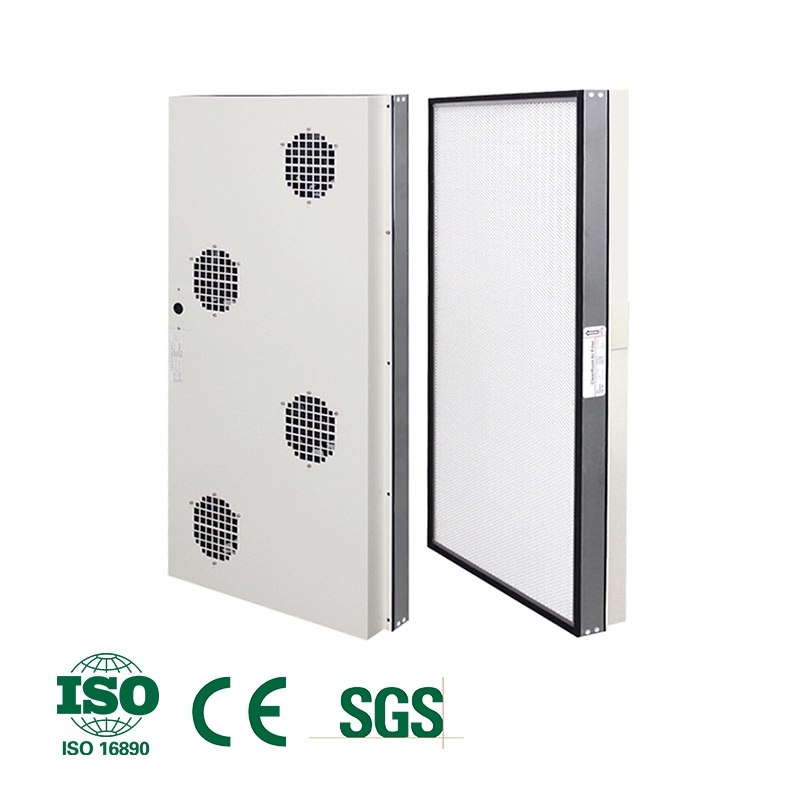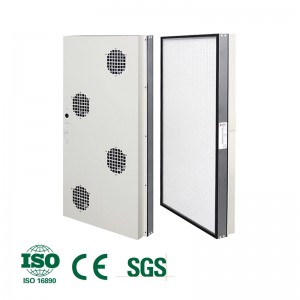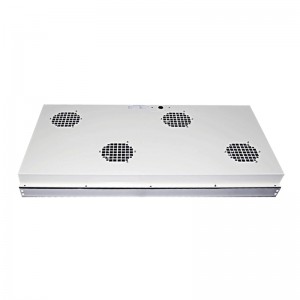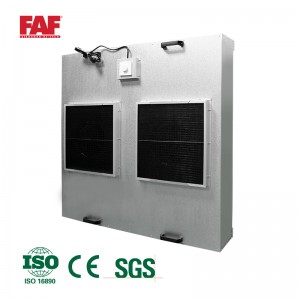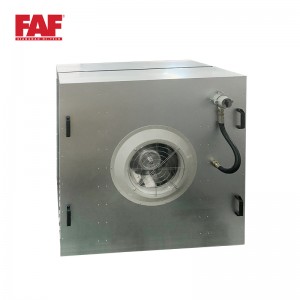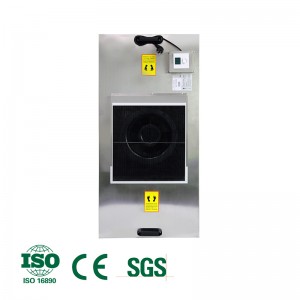FAF Products
DC EFU Equipment Fan Filter Unit for Cleanroom
Feature
Housing: cold-rolled steel plate, of201 or 340SS.
Fan: Multi ultrathin DC fan.
Velocity: 0.45m/s ±20%.
Control mode:Single or group control.
Advantage
1.Ultrathin structure, which meets the need of the compact space that the user require.
2.Multi-fan mounted, DC Ultrathin Fan motor.
3.Even wind speed and adjustable fan motor.
4. Fan housing and HEPA filter separated, which is easy to replace and disassemble.
Benefit
The main benefit of EFUs is that they help to maintain a clean and safe environment by removing airborne contaminants.
This can help to prevent the spread of infectious diseases, reduce the risk of equipment failure, and improve product quality.
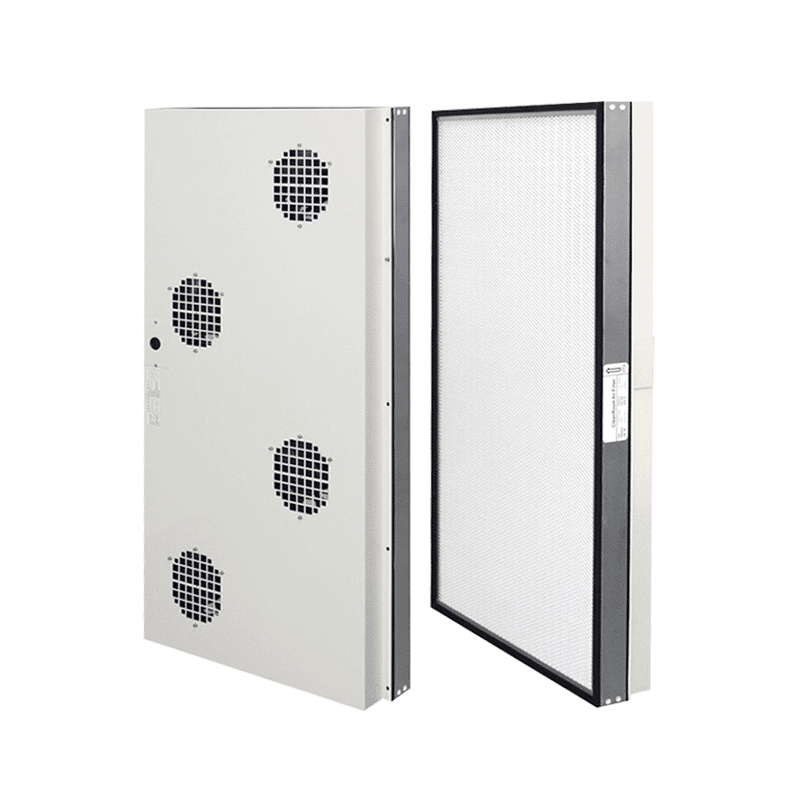
Specification
| Model | Housing Size(mm) | HEPA size (mm) | Air Flow (m ³/h) | Velocity(m/s) | Mode of Dim | Fan Qty |
| SAF-EFU-5 | 575*575*120 | 570*570*50 | 500 | 0.45 ±20% | Stepless | 2 |
| SAF-EFU-6 | 615*615*120 | 610*610*50 | 600 | 2 | ||
| SAF-EFU-8 | 875*875*120 | 870*870*50 | 800 | 3 | ||
| SAF-EFU-10 | 1175*575*120 | 1170*570*50 | 1000 | 4 |
FAQ
Q: What types of filters are used in EFUs?
A: HEPA filters are commonly used in EFUs, as they are capable of removing 99.97% of particles down to 0.3 microns in size. ULPA filters, which are capable of filtering particles down to 0.12 microns, may also be used in some applications.
Q: What are the installation requirements for an EFU?
A: EFUs should be installed in a cleanroom or other controlled environment that meets specific air quality standards. The unit should be mounted securely, and the filter should be properly sealed to prevent air bypass.


